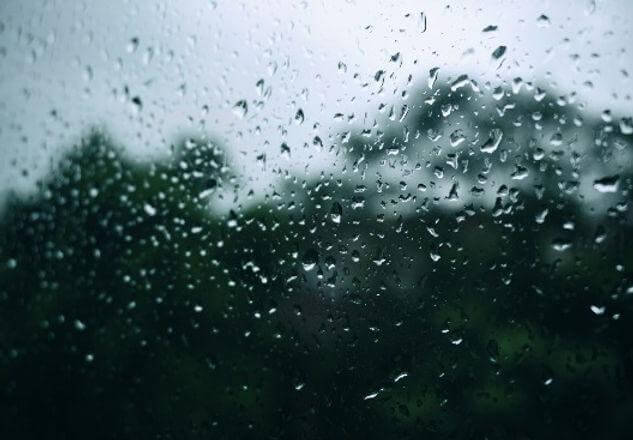Author: Randeep Singh / go to all articles on Yoga cure
Yoga for nose blockage:
Nose, known as one of the indriya in Samkhya, is like an air valve of cartilage, a portion of which projects out, of the nearly rounded, oval shape of the skulI. like a scoop being shoved into the atmosphere to aid the breathing process.
This is also the organ where the problem of sinus infection, or nasal congestion reside. Yoga for nose blockage keep this passage clear and healthy.
It would be interesting to check your awareness about nose before you read further. Nose is the entry point through which the air enters the lungs during an inhalation and also an exit point to the air which moves out of the lungs during an exhalation. The two openings of the nose are known nostrils , or nares, which lead the air molecules into two parallel running passages separated by a cartilage wall known as the septum.
These passages open into a space called Choana , and then into the nasopharynx located in the upper part of the throat. Form here the inhaled air travels to oropharynx and then into the lungs via the two bronchi.
A intricate web of hollow channels, spaces within the skull is linked to each other and also to the nasal passage way via hollow tubes in the bony skull, these cavities like structures are known as sinuses. The nasal passages and the sinuses function together as breathing, tasting, hearing, and immune defense mechanisms in the body.
The nose is lined with fine hair like structures known as cilia, which are sensitive to foreign matter and signals of smell and taste. The sinuses are lined with mucous producing cells. The secreted mucous trap any infection causing agents, harmful substances which would have entered the sinuses with air and keep draining them out of the nose as nasal secretions.
Nasal secretions from a healthy nose are clear in composition, but turn yellow or green in case the sinuses or the inner lining of the nose is infected or inflamed.
The flavor in the food one experiences while eating is actually the smell signals from it which are captured by the nose and sent back to the mouth to complete the feel, sense of taste. The sense of taste is a mixture of senses picked up by the taste buds located on the tongue as well as the smell of the food picked up by the nose. The nasal passages are connected to the inner ear via Eustachian tube to keep the air pressure inside the inner ear at par with the atmospheric air pressure; parity between the two is essential for the sense of hearing to function properly.
On account of being a highly sensitive organ nose is susceptible to a number of infections and related disorders. Sinusitis, nasal polyps, deviated septum, nosebleeds, rhinitis, and nose fractures are some of the issues which can inflict the nose.
Sinus treatment with yoga is given here. Nasal polyps are small non-cancerous nodule like structures which hang from the inner lining of the nasal cavity. Polyps can also infest sinuses and can be caused by asthma, severe nasal infections, allergies, or reaction to certain immune disorders.
Polyps, either individually or in groups can block the air passages leading to problems in the breathing process, their presence can kill the sense of smell and make the nasal cavity prone to frequent infections. Runny nose, snoring, nosebleeds, pain in the teeth in the upper jay, and sensations of pain on the face are some of the symptoms of the presence of nasal polyps.
Deviated septum is the condition in which the divider between the two nostrils gets deviated to one of the sides, causing to block the nostril passage situated towards the side it has deviated to. This condition can be present at birth or acquired late due to some injury caused to the area later. It can cause nosebleeds, pain in the face, snoring and dripping of the nasal secretions in the back of the throat.
Most of the cases of deviated septum can be rectified with medication or in case of the presence of serious obstruction a surgery may be needed. Rhinitis or Hay fever or Coryza as it is also known as is the inflammation of the inner lining of the nasal passages by the infection causing viruses or bacteria.
Rhinitis can also result from the misinterpretation of certain harmless allergens as threats by the immune system which responds in defense by inducing its symptoms. Cough, headache, nasal irritation and nasal blockage are some of the symptoms of rhinitis. Nose bleeds can result from the ruptured fragile blood vessels present under the inner lining of the nasal passage.
The climatic changes can cause the inner protective lining of the nose to go dry and crack, or picking the nose or blowing it hard can also lead to nose bleeds other than any external injuries that can take place unintended.

Yoga for Nasal Congestion
Yoga for nose blockage includes nasal cleansing techniques or kriyas which keep the inner lining of the nose as well as the sinuses clear of any infection causing agents.
These cleansing techniques also stimulate blood circulation in the blood vessels located under the inner lining; enhanced supply of blood provides the necessary nutrients for strengthening the lining of the nasal passage for fighting against probable infections. Nasal douche techniques also help maintain the sensitivity of the hairy Celia to the molecules of smell.
Pranayama, yoga for nose blockage help maintain the openness, circulation in the respiratory organs by prolonging the inhalation, exhalation with a applying an enhanced thrust (fuller breath) than what is present during normal breathing.
The friction caused on the inner lining of the nose by the regular rubbing of energized air coming from the practice of pranayama exercises the tiny muscles associated with it which keep them toned and strong against the invading rhinitis causing microbes.
Practicing Yoga for nose block regularly keeps the immune system of the body in good shape, always ready to fight off the infection causing agents, which keeps away the nasal infections like sinusitis, and rhinitis.
All the yoga asanas which involve head low position, inversions, also benefit by shaking release, and draining out any adherents to the nasal lining as the force of gravity is reversed on it. The nasal polyps which result from infections and chronic inflammations are also taken care of in this manner.
Yoga for Nose Blockage
Other Informative Articles….

